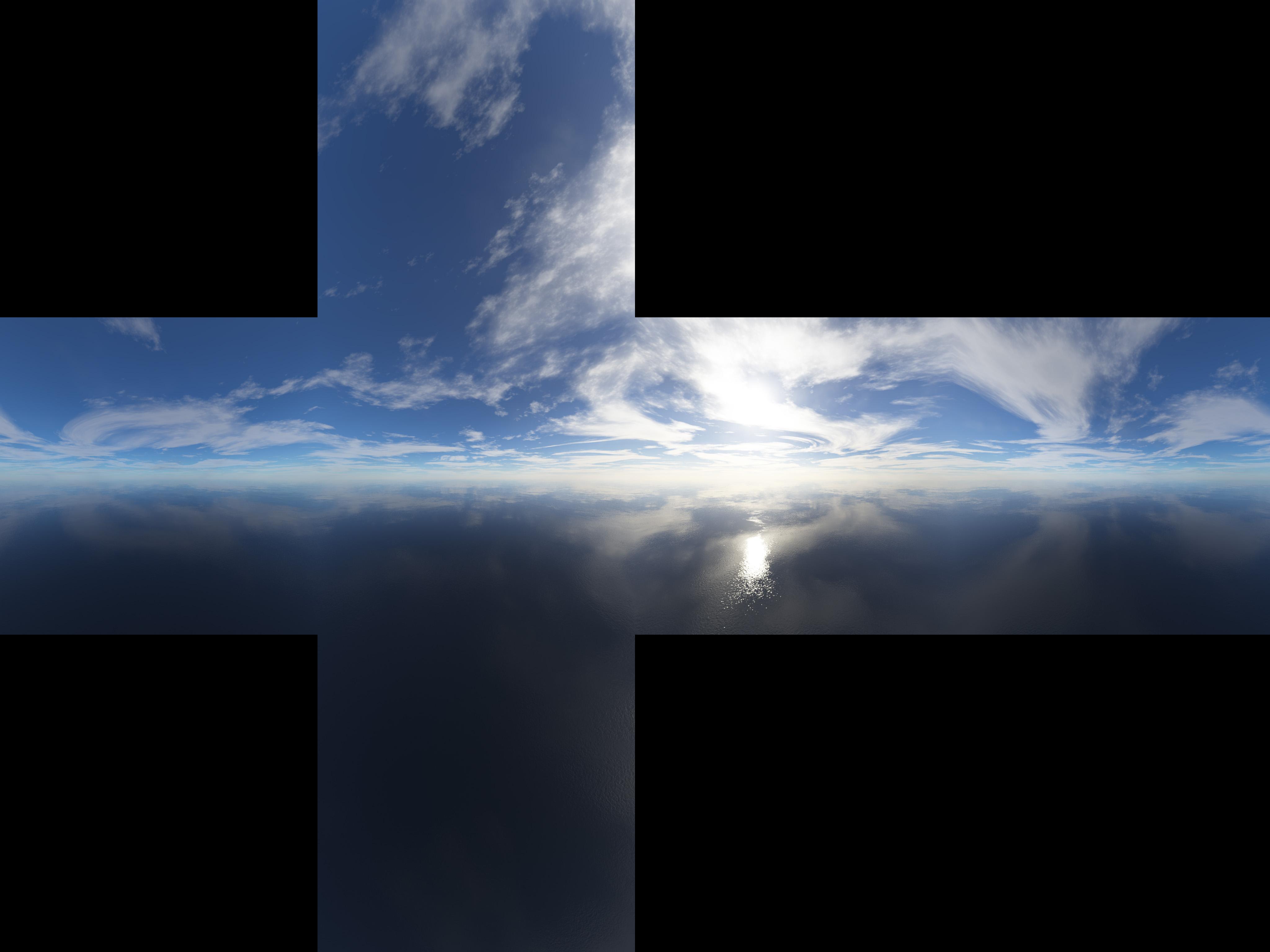
However, NPOT Texture sizes generally take slightly more memory and might be slower for the GPU to sample, so it’s better for performance to use power of two sizes whenever you can. It is possible to use NPOT (non-power of two) Texture sizes with Unity.

The Textures do not have to be square the width can be different from height.

Ideally, Texture dimension sizes should be powers of two on each side (that is, 2, 4, 8, 16, 32, 64, 128, 256, 512, 1024, 2048 pixels (px), and so on). This format changes automatically depending on which platform you are building for. When importing from an EXR or HDR high dynamic range See in Glossary file containing HDR information, the Texture Importer automatically chooses the right HDR format for the output Texture. Normal maps A type of Bump Map texture that allows you to add surface detail such as bumps, grooves, and scratches to a model which catch the light as if they are represented by real geometry.The following topics offer recommendations and detail any limitations on importing Textures: For 2D Projects, use the Sprite Editor.For 3D Projects, create a Material and assign the Texture to the new Material.To use the imported Assets in your Project:.Click the Apply button to save the changes.

More info See in Glossary, set the Texture Import Settings.

If you are used to working in 3D, Sprites are essentially just standard textures but there are special techniques for combining and managing sprite textures for efficiency and convenience during development. In a 2D Project, Unity imports image and movie files in the Assets folder as Sprites A 2D graphic objects. In a 3D Project, Unity imports image and movie files in the Assets folder as Textures. You can create textures in a digital content creation application, such as Photoshop, and import them into Unity. More info See in Glossary is a bitmap image. Textures are often applied to the surface of a mesh to give it visual detail. A texture An image used when rendering a GameObject, Sprite, or UI element.


 0 kommentar(er)
0 kommentar(er)
